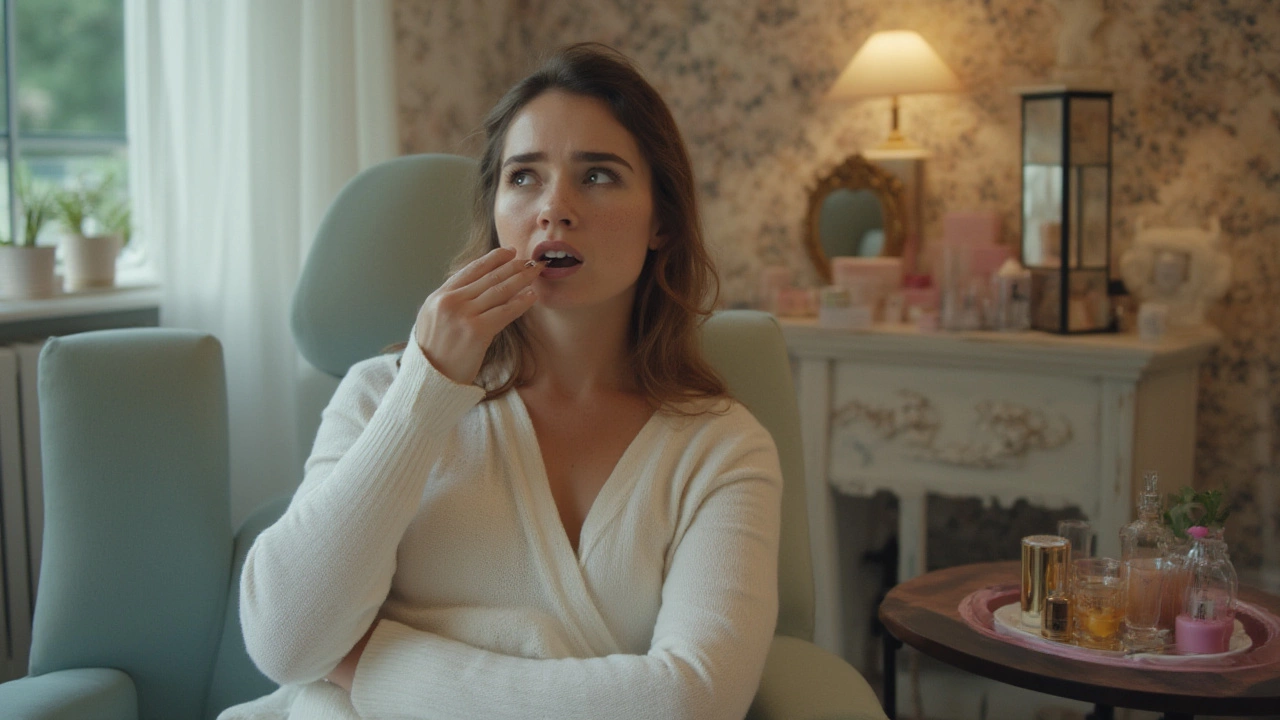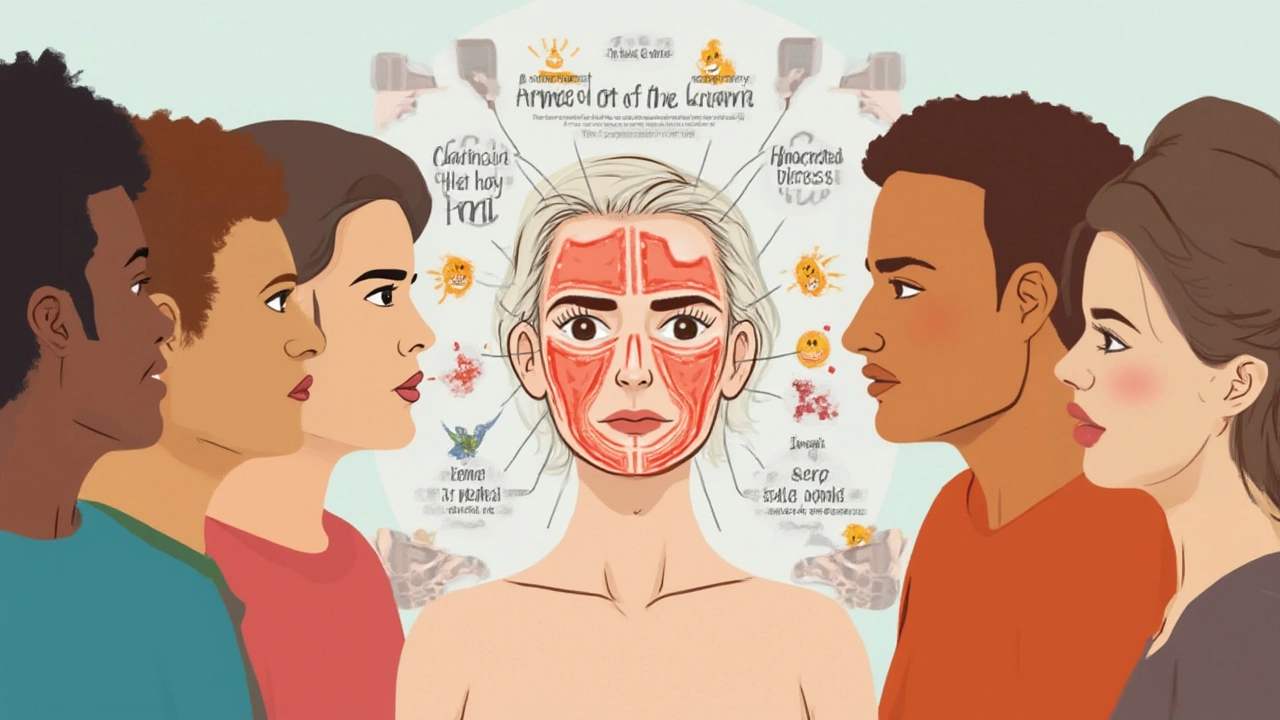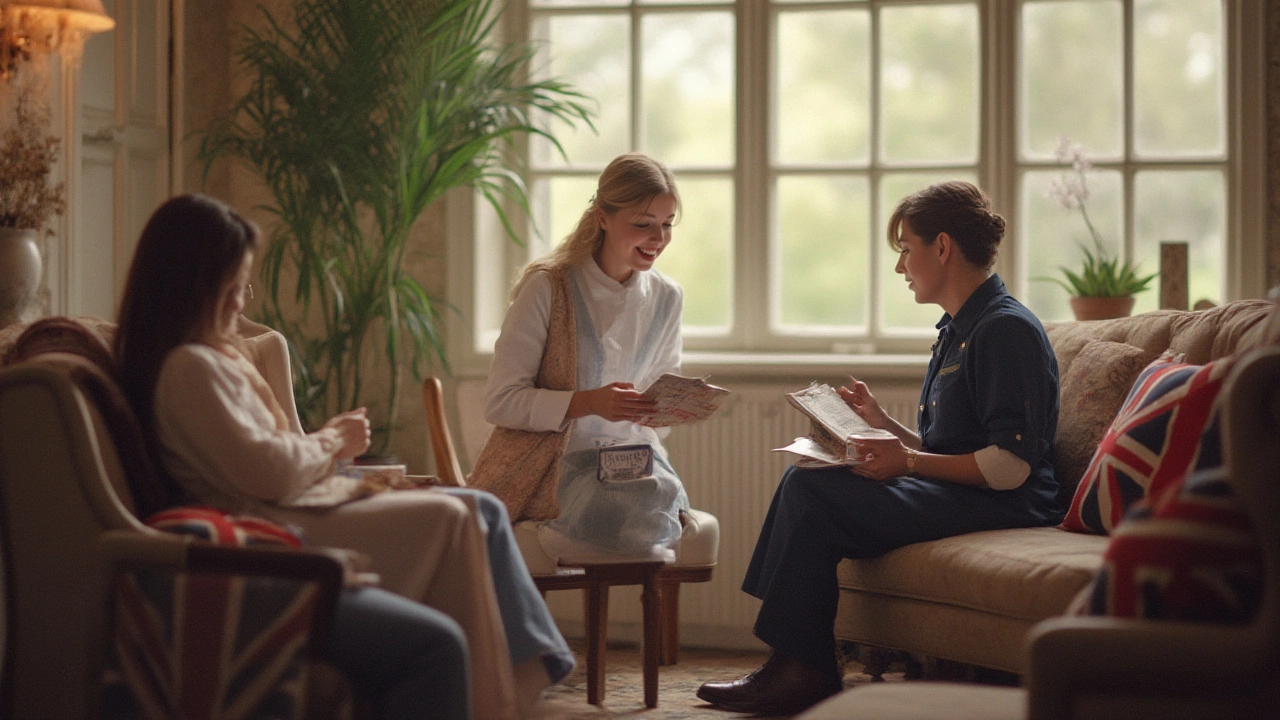
Ever watched someone breeze out of a beauty clinic looking flawless, and wondered if it hurt as much as it cost? It’s not all so glamorous under those sterile lights. Cosmetic treatments can be game changers, but let’s just say there’s a reason they hand out numbing cream like sweets. So which procedures actually top the pain charts?
Why Pain in Beauty Treatments Is No Laughing Matter
If you’ve ever winced at the thought of waxing or squeezed a stress ball during a bikini laser, you’ve had a taste of cosmetic discomfort. But it’s nothing compared to some of the hardcore procedures out there. The pain scale in the beauty world swings from a swift pinch to pain that makes childbirth seem like a spa day (not literally, but you get the vibe). Out there in the wild, derms and plastic surgeons secretly rate procedures based on how many people curse at them—and yes, they compare notes.
First, pain is subjective. That’s why two people can walk out of microblading appointments telling completely different stories: one giddy, the other moaning. Factors like personal pain tolerance, anxiety, even hormone levels, play a huge role. Plus, the nerves on your face and body aren’t distributed evenly, meaning a lip filler may hurt more than a cheek filler. Fun, right?
Pain also depends on how deep or invasive a treatment is. The more layers of skin (or tissue) involved, the more your nerves kick off. Think of it like poking a cushion: poke the surface, barely a blip. Jab to the middle, and you’ve just upset the filling.
On the flip side, modern clinics aren’t stuck in the days of wooden spatulas and hope. They arm themselves with everything from numbing gels to high-powered fans to cut down discomfort. Still, they can’t erase it entirely.
Just to put in some numbers, a 2022 survey by The Cosmetic Surgery Institute tracked 3,400 clients’ pain ratings across treatments. On a 0–10 pain scale, botox averaged 2, lip fillers hit 6, while deep chemical peels and hair transplants reached 8–9 in some cases. But the winner of the pain Olympics? Surgical bone reshaping (like jaw contouring) and tattoo removal via laser—often maxing the scale.
| Treatment | Average Pain Score |
|---|---|
| Botox injections | 2 |
| Lip fillers | 6 |
| Chemical peels (deep) | 8 |
| Laser hair removal (bikini) | 7 |
| Tattoo removal (laser) | 9 |
| Rhinoplasty (post-op) | 7 |
| Jaw contouring surgery | 10 |
This makes things clear: pain is almost a badge of honor for certain procedures. But knowing ahead helps, right?

The Real Pain Heavyweights in Cosmetic Procedures
Let’s stop dancing around and spill—what really is the most painful cosmetic procedure? It’s a tough battle. Everyone has their own pain nemesis, but a few contenders always come up.
- Laser Tattoo Removal: Universally dreaded, this one’s less a quick stamp and more a burn-and-blitz marathon. Lasers target pigment deep in the skin, like tiny hot needles. Some describe it as “burning bacon grease splats,” and that’s not poetic exaggeration. Multiple sessions are usually needed, and bigger, darker tattoos hurt most. Some clinics offer full local anaesthesia, and there's a reason for it.
- Jaw Contouring and Facial Bone Surgery: Imagine your jaw’s being chiseled—because it is. The pain isn’t just during the op (you’re knocked out for that), but after. Swelling, nerve pain, and bruising can stick around for weeks. Strong prescription pain meds are the norm. Patients say it feels like the worst toothache multiplied by ten, stuck on repeat for days.
- Hair Transplant (FUT technique): While Follicular Unit Extraction (FUE) is gentle, the older Follicular Unit Transplantation (FUT) method—which actually removes a strip of scalp—wins for pain. The numbing wears off, and what’s left is a throbbing, stitched-up patch. Healing is slow, sleeping is tricky, and you’ll feel every bump on the road, literally and figuratively.
- Deep Chemical Peels: Forget a relaxing facial. These peels use chemicals to burn away skin layers. A numbing agent helps, but people often report a stinging, sunburn-meets-electrical-zap sensation. Recovery takes a week or more as new (often red, raw) skin grows in, which itself can be tender for ages.
- Tummy Tuck (Abdominoplasty): After the anaesthetic fades, pain can hit like a freight train. We’re talking about a cut from hipbone to hipbone, with muscles tightened underneath. Coughing or laughing? Forget it for a while. Compression garments add to the discomfort. Still, it’s one of the most-wanted procedures for dramatic body sculpting.
- Brazilian Laser Hair Removal: Electrolysis used to be the worst, but lasers now rival it for pain. The bikini zone and underarms have super-sensitive nerves. Even with cooling sprays, people have described it as “a rubber band snap from hell.” Usually, 6–10 rounds are needed. Some clinics offer numbing cream—don’t skip it.
Of course, this isn’t even digging into the “pain with a side of recovery hell” that comes with actual cosmetic surgery. Rhinoplasty (nose job) pain is brutal when the anaesthetic wears off, especially when post-surgery splints are removed. Breast augmentation and facelifts come with their own aches, especially in the days afterward.
Outside of clinical settings, some beauty treatments look innocent but absolutely sting. Microblading (semi-permanent eyebrows) feels like having your brows scraped with tiny blades. Microneedling—rolling hundreds of needles into your face—sounds like a medieval punishment, and sometimes feels like it, even though it’s done to rejuvenate skin. Both get easier with numbing, but the buzzing, scraping sensation is unforgettable.
Skin type and tone affect pain too: darker or thicker skin often means deeper needle or laser settings, which can bite harder. Redheads, by the way, tend to feel more pain—no joke, genetically proven.

Tips for Managing Pain and Picking the Right Procedure for You
So you’ve got your heart set on a beauty upgrade, but not so keen on playing tough? Welcome to the club. The good news is, you can dodge some of the worst pain—and come away looking fab with your nerves mostly intact.
- Don’t be shy—ask for numbing. Lidocaine cream is a game-changer. Many clinics offer it, but ask for extra if you know your pain threshold is low. Ice packs can also blunt surface sensation, especially before laser hair removal.
- Tweak your timing. Skin can be more sensitive right before or during your period. Book outside these days if you can.
- Rest and hydrate beforehand. Tired, dehydrated bodies feel pain more. A full night’s sleep, a good meal, and plenty of water help prepare your system.
- Keep it chill—literally. Some clinics use cold air or cooling devices to lower pain, especially for lasers.
- Try distraction. Listening to music, breathing exercises, or holding a friend’s hand can help. It’s not just mind over matter; it actually works according to a 2023 study in The Journal of Aesthetic Nursing.
- Double-check your provider’s experience. Pain is often higher with newbies or dodgy clinics. A well-trained practitioner will minimize trauma, be quick, and prep you properly.
- Start light if you’re new. If it’s your first time, try lower-strength peels, shallow microneedling, or test-patches on small zones first. It builds your confidence and helps the practitioner tailor future sessions.
- Aftercare saves sanity. Good aftercare cuts healing time and pain. Think painkillers, gentle cleansers, cold compresses. The better you baby your skin, the less you’ll suffer.
- Stay honest about meds and allergies. Pain control methods can interact with other meds, so always tell your provider what you’re taking.
If you have a genuine fear, or a low pain threshold, there are less traumatic alternatives for nearly every treatment. For instance, instead of a full ablative laser, try fractional non-ablative options; or swap a deep peel for a few lighter glycolic peels. Painful cosmetic procedures are a personal journey—what hurts for some is a breeze for others. Nerves are normal, and asking loads of questions is smart. Beautiful results don’t always come easy, but they don’t have to come with tears flowing, either.
Remember, lasting beauty isn’t just about the result. It’s about how you feel getting there. If you’re eyeing that next big treatment in Auckland, chat with your practitioner, have your pain plan ready, and never suffer silently. Beauty is power, but so is your comfort.